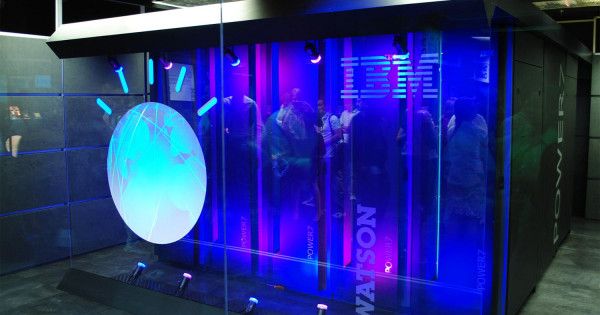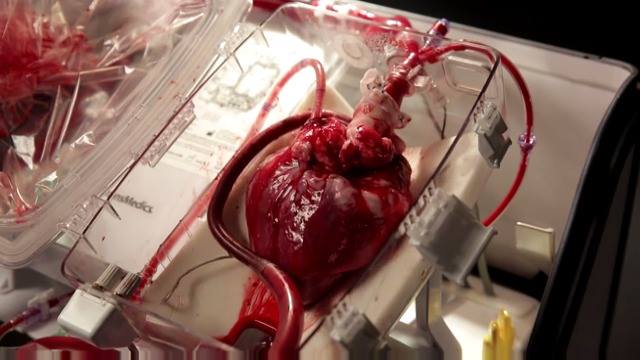Sep 18, 2015
Hacking sleep: Meet the transhumanists making sleep obsolete
Posted by Shailesh Prasad in categories: health, life extension, neuroscience, transhumanism
Not everyone wants to sleep in. A growing transhumanism community wants to sleep less, and better, and they’re going to great lengths to make it happen.
For those unaware, transhumanism is an intellectual and cultural movement that aims to improve the human condition, to push beyond our biological limitations, largely through technological advancements. They’re particularly focused on extreme longevity. But with treatments for an extended healthy life still works in progress (and playing out on a very long timeline), some transhumanists have turned their attention to sleep.
The average well-rested person sleeps eight hours a day. The average American lives 79 years. That’s a little more than just 50 years being awake. Life is much shorter than you realized — at least if you agree with your typical sleep-hacker that sleeping is wasted downtime.
















